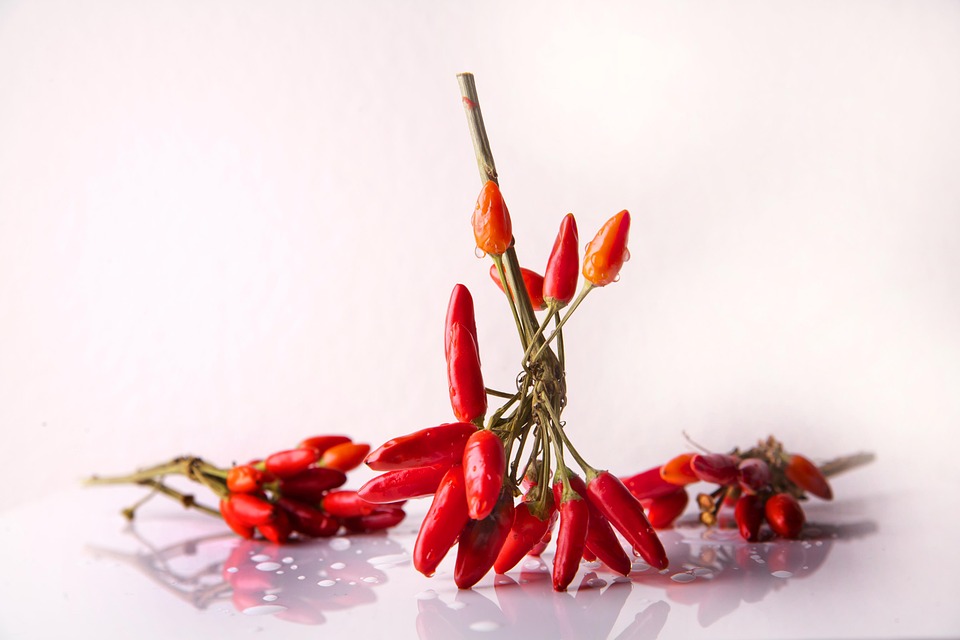Italy is more than just a country; it’s a culinary experience that celebrates the harmony between nature and tradition. The phrase “from farm to table” embodies the Italian philosophy of cooking — using fresh, high-quality ingredients sourced directly from local farms. This approach not only enhances the flavors of Italian dishes but also fosters a deep connection between the land and the table.
The Italian Culinary Landscape
Italy’s culinary landscape is as diverse as its regions. From the sun-soaked vineyards of Tuscany to the verdant hills of Emilia-Romagna, each area boasts its own unique agricultural products. The Italian way of cooking emphasizes seasonality, regionality, and the use of authentic, high-quality ingredients.
Key Ingredients
-
Olive Oil: Known as “liquid gold,” Italian olive oil is a cornerstone of Italian cooking. Extra virgin olive oil, pressed from the first cold extraction of olives, is celebrated for its rich flavor and health benefits. Various regions, such as Liguria and Puglia, produce distinct oils that reflect the unique terroir of their surroundings.
-
Tomatoes: Italy is famous for its tomatoes — especially the San Marzano variety, grown in the volcanic soil near Mt. Vesuvius. These tomatoes are prized for their sweetness and low acidity, making them ideal for sauces and soups. Fresh tomatoes are also key to classic dishes such as caprese salad and bruschetta.
-
Pasta: The making of pasta is a time-honored tradition in Italy. Using simple ingredients like flour and water, the art of pasta-making is often handed down through generations. Types of pasta vary by region, from the stuffed tortellini of Emilia-Romagna to the long, thin strands of spaghetti from Naples.
-
Cheese: Italian cheeses like Parmigiano-Reggiano, mozzarella, and pecorino are emblematic of the country’s rich dairy heritage. Cheese is not just an ingredient but a cultural symbol as well, often enjoyed with wine or as part of a larger meal.
- Wine: Wine is integral to Italian culinary culture. Varietals differ across regions, reflecting local climate and soil. From bold Barolos to crisp Pinot Grigios, Italian wines pair seamlessly with its gastronomic delights, enhancing the meal experience.
The Farm-to-Table Journey
The journey of Italian ingredients from farm to table involves various stages, each crucial to maintaining quality and flavor.
-
Local Sourcing: Farmers markets are central to the Italian way of life. Local farmers cultivate seasonal produce, promoting biodiversity and sustainability. This direct connection allows chefs and home cooks to select the freshest ingredients, often harvested just hours before they reach the table.
-
Artisanal Craftsmanship: Many traditional Italian foods are handcrafted, from artisan cheese to small-batch pasta. These products reflect the skill and passion of local artisans, ensuring that each ingredient is made with care.
-
Culinary Techniques: Italian cooking emphasizes techniques like slow-cooking, which allows flavors to develop over time. Techniques vary by region, from the rich ragù sauces of the north to the light, olive oil-based dishes of the south.
- Community Connection: The farm-to-table movement in Italy emphasizes community. Family-run restaurants often source ingredients from nearby farms, creating a loop of support that benefits both producers and consumers. Seasonal festivals celebrate local ingredients and foster a spirit of camaraderie.
The Benefits of Farm-to-Table
Embracing the farm-to-table philosophy yields numerous benefits:
-
Quality and Flavor: Fresh ingredients picked at their peak ripeness offer unparalleled taste and nutritional value.
-
Sustainability: Sourcing locally reduces the carbon footprint associated with transporting food over long distances.
-
Supporting Local Economies: By purchasing from local farmers, diners contribute to the economic viability of their communities.
- Cultural Appreciation: Understanding the origins of ingredients deepens appreciation for the culinary traditions of Italy, connecting people to the culture through food.
Conclusion
The art of Italian ingredients is a vibrant tapestry woven from the land, the people, and their time-honored traditions. Nurtured by a commitment to sustainability and community, the farm-to-table approach not only enriches Italian cuisine but also connects diners to the heart of the culinary experience. As you savor your next Italian meal, take a moment to appreciate the journey each ingredient has taken from the farm to your table, celebrating the flavors and stories behind every dish.



